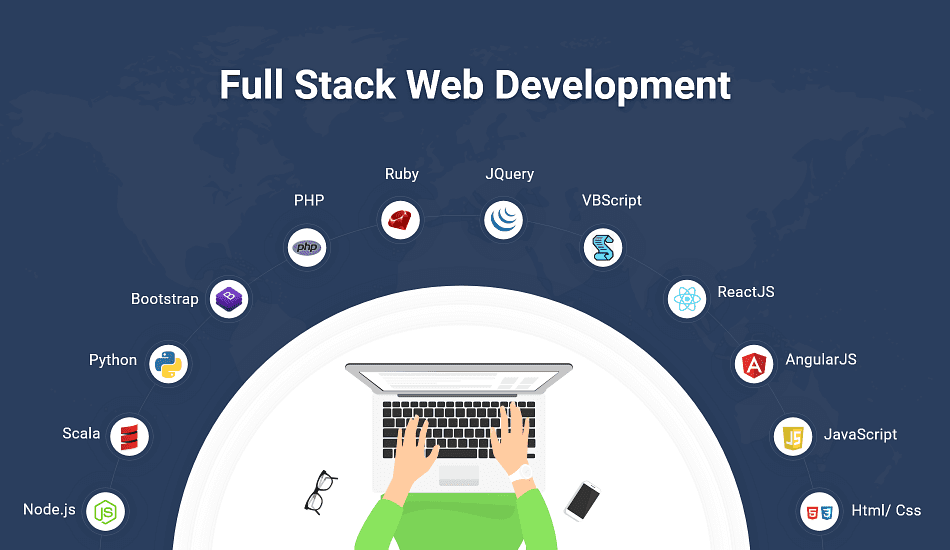In today’s competitive tech industry, finding the right full-stack developer for your project goes beyond just reviewing resumes. Real-time assessments provide an effective way to evaluate a developer’s capabilities and ensure they possess the necessary frontend and backend expertise. This article explores some essential tools for assessing full-stack developers’ competence in real-time, ensuring that they’re prepared to handle complex, full-cycle development tasks.
1. Coding Assessment Platforms
Coding assessment platforms like CoderPad, HackerRank, and Coderbyte allow you to gauge a developer’s coding skills in real-time. These tools provide scenarios where candidates can showcase their problem-solving abilities while completing specific tasks. The assessments can be customized for both frontend and backend challenges, covering a range of languages, frameworks, and databases that full-stack developers often use.

For more insights on the key skills to include in your job post for full-stack developers, check out this guide on full-stack developer skills.
2. Technical Interviewing Tools
Technical interviewing platforms like CodeSignal and Codility offer a real-time coding environment where you can observe candidates’ coding workflows and decision-making processes. These platforms often include integrated code reviews, debugging, and automated scoring, allowing you to assess not only technical skills but also their efficiency and logical thought processes.
3. Version Control Testing with GitHub
Using GitHub for testing provides a look into a developer’s code structuring, commit habits, and collaboration abilities. By examining their previous work or assigning a task within a controlled repository, you can assess how well they handle version control—a crucial aspect of teamwork in development projects.
For more information on frontend and backend knowledge testing, you might find this set of questions helpful in preparing an effective interview process.
4. Pair Programming Sessions
Pair programming allows you to assess a candidate’s ability to collaborate and communicate while coding in real-time. By using tools like Visual Studio Live Share or CodeTogether, you can observe how they approach problem-solving, debug issues, and handle feedback under the collaborative lens. Pair programming is particularly effective for full-stack roles, where collaboration across frontend and backend is essential.

5. Live Project Assignments
Assigning a small project that requires real-time updates enables you to evaluate how a developer manages time, prioritizes tasks, and navigates between frontend and backend requirements. This also offers insight into their knowledge of full-stack technologies, from databases to user interfaces, which are covered in this detailed guide on full-stack developer skills and expertise.
“The best way to measure a developer’s competence isn’t just in what they know but in how they apply that knowledge in real-time scenarios.”
By using live project assignments, you see firsthand how a candidate navigates a complete development cycle, helping you make a more informed hiring decision.
Conclusion
Evaluating a full-stack developer’s competence in real-time requires a blend of tools, assessments, and hands-on tasks that reveal their capabilities across the full tech stack. Using coding platforms, technical interviewing tools, GitHub tests, pair programming, and live assignments can give you a comprehensive picture of their skills, work ethic, and problem-solving approach. Each tool has its unique advantage, so consider combining several to get the most accurate assessment.
Real-time evaluations are invaluable in the hiring process, ensuring you select candidates who can effectively contribute to your team from day one.









